The species of the Poecilia sphenops complex – P. butleri, P. mexicana and P. sphenops – are among the most common, most widespread and most diverse livebearing toothcarps in Central America. The diversity of forms both geographically and within each population is enormous. There are almost always large and colorful so-called alpha males and (from a human point of view) puny, small males, which often only show the inconspicuous female coloration, are thus not noticed by the enormous magnificent ones and as a result are also successful in reproduction.
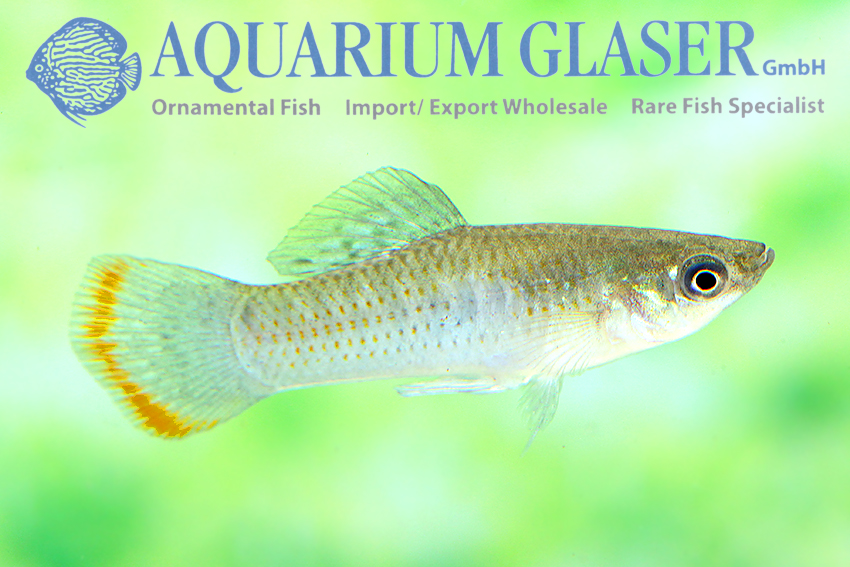
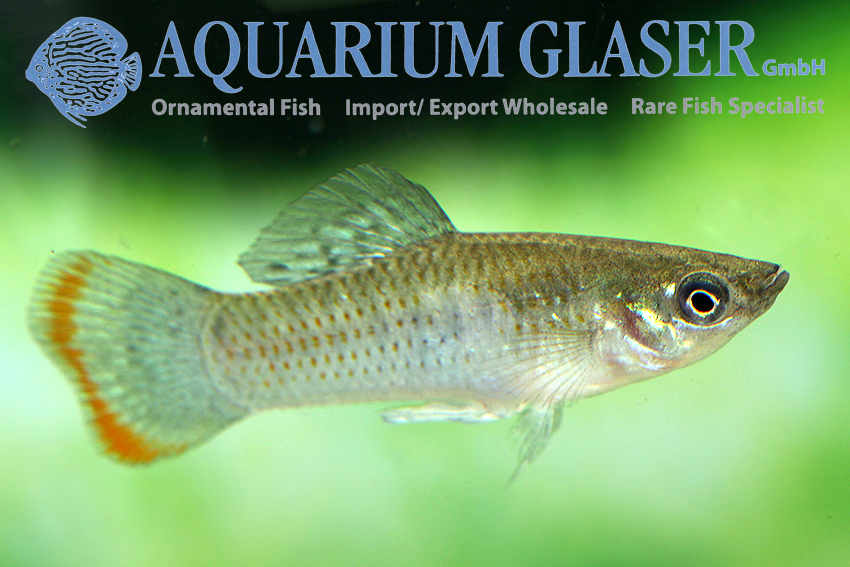
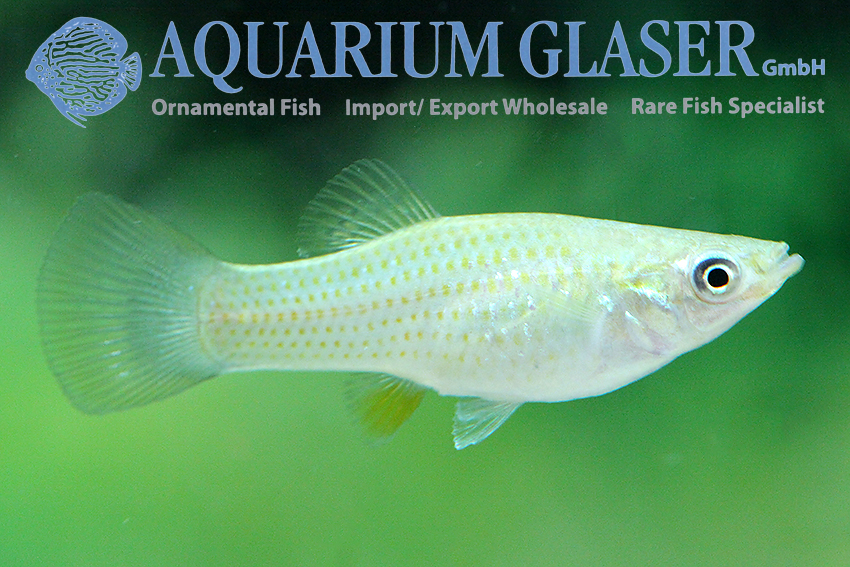
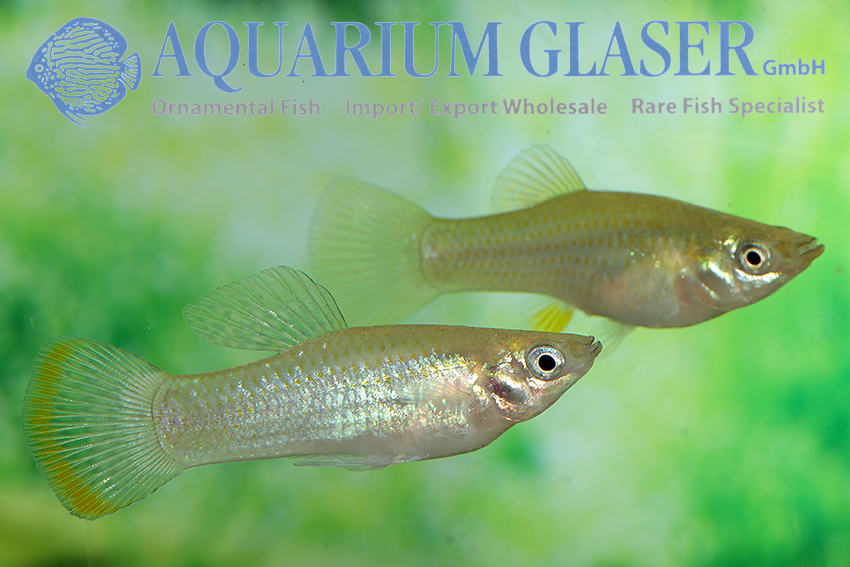
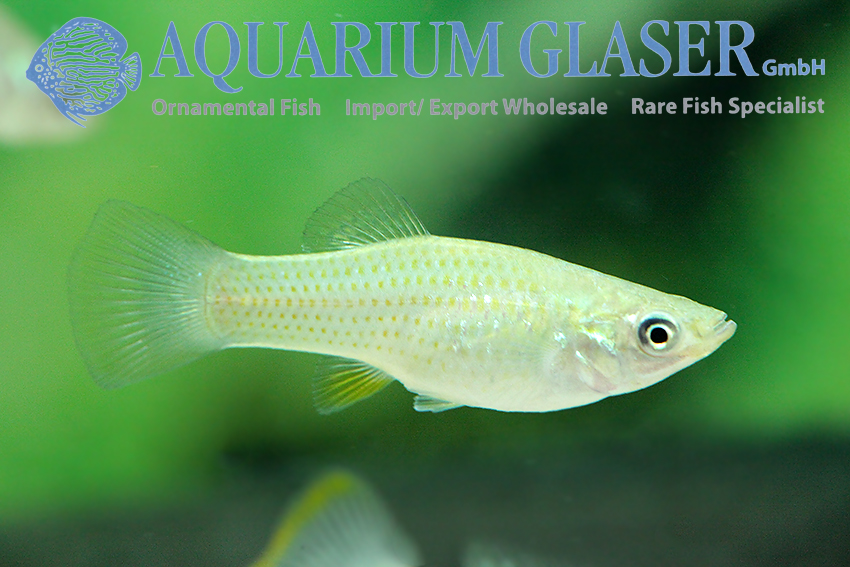
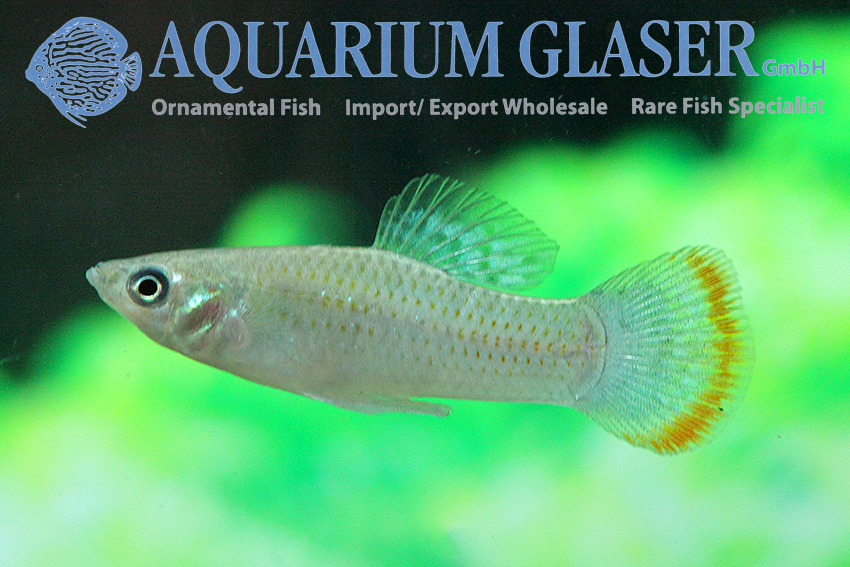
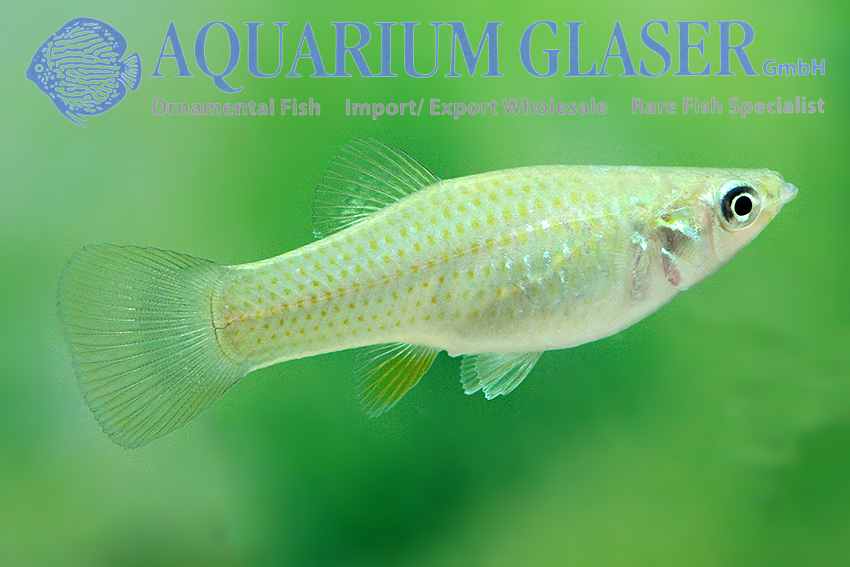
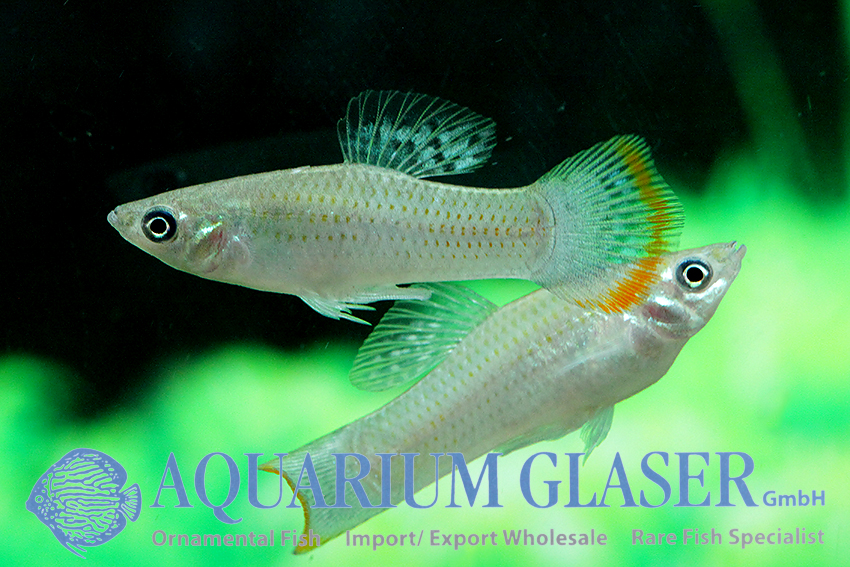
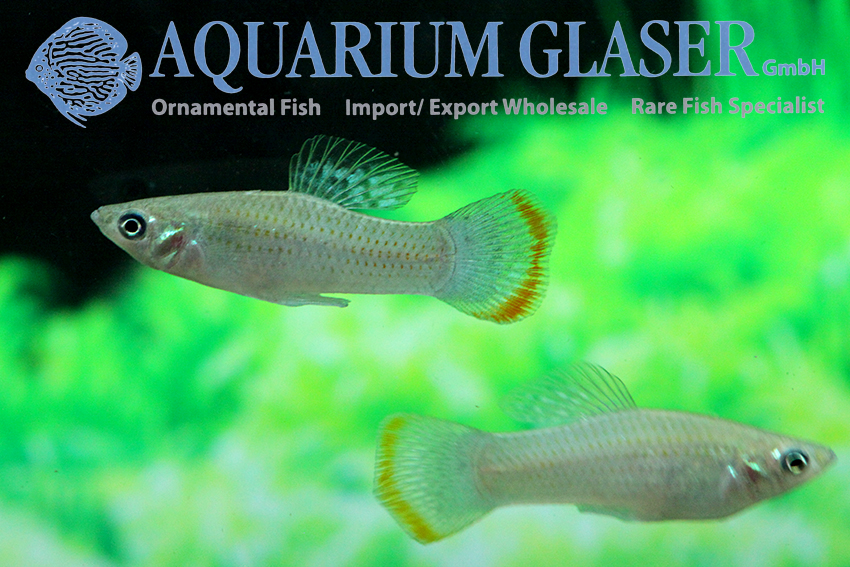
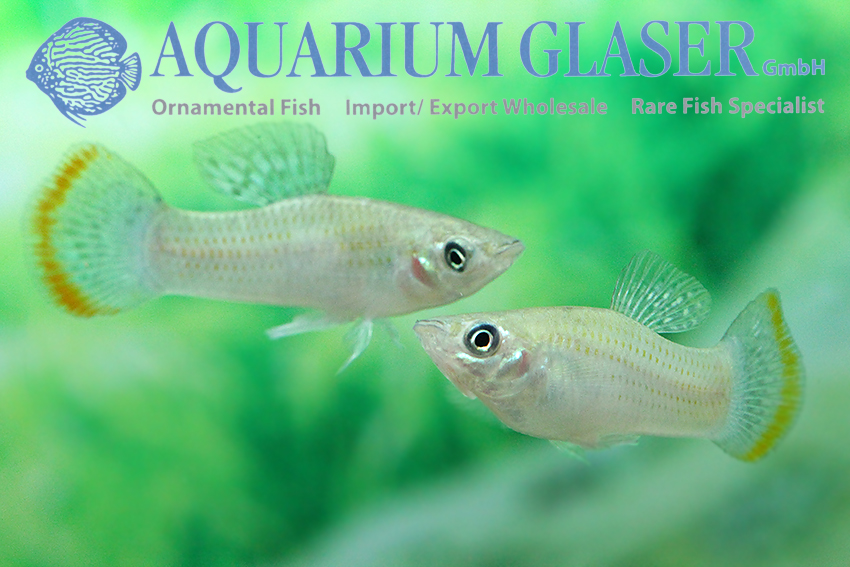
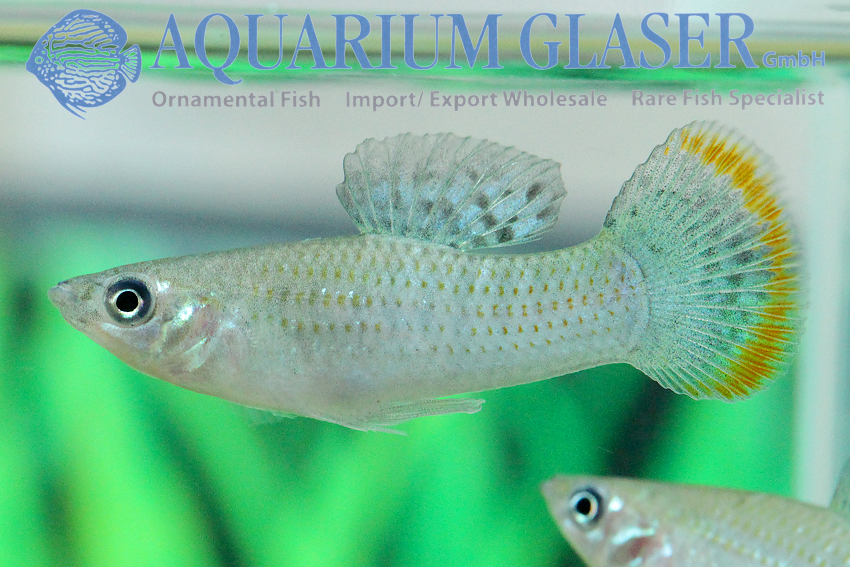
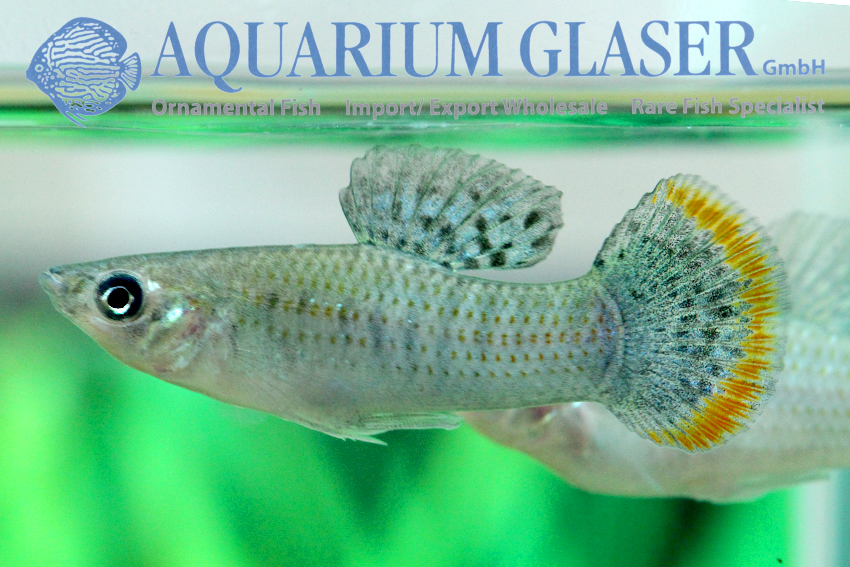
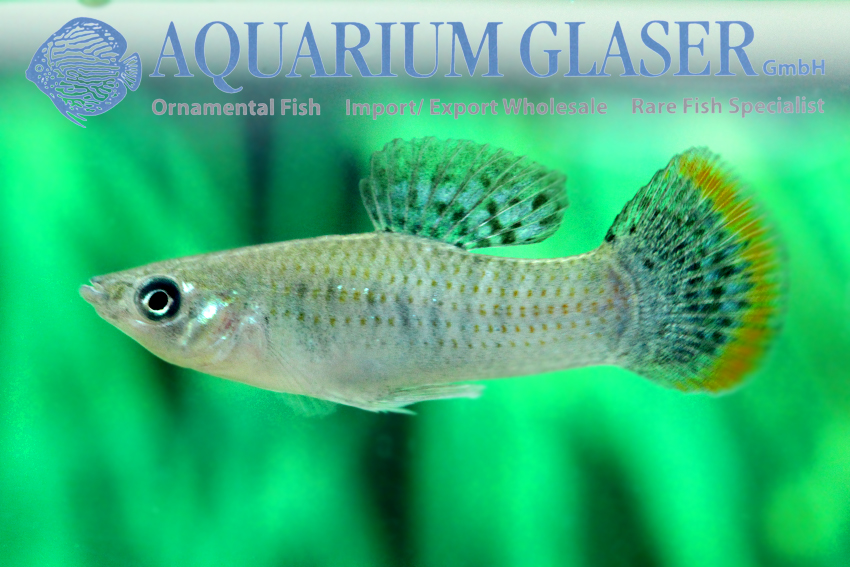
It is obvious that it is very difficult to find anatomical or morphological species differences in such complex conditions. And so, over the last 130 years or so, a great many species have sometimes been differentiated or the entire wealth of forms has been merged into a single species (P. sphenops). As is so often the case, the most likely solution lies somewhere in the middle. At present, there is a majority opinion among those involved in the study of these animals that in Mexico (and probably also in other parts of Central America, which have not been collected nearly as intensively as Mexico) there are two species of the complex on each side, which hardly differ in color. These seem to differ ecologically – in this case in their food preference. As is well known, Central America can be imagined – very simplified – as an elongated mountain range, with one slope facing the Atlantic and one facing the Pacific. On each side lives one species with single-pointed teeth and one with three-pointed teeth. On the Atlantic side these are P. sphenops (three-pointed) and P. mexicana (single-pointed) and on the Pacific side also P. sphenops (three-pointed) and P. butleri (single-pointed). P. butleri also differs from the other two species by a morphological feature, namely only 8 rays in the anal fin, whereas P. sphenops and P. mexicana have 9 rays there. Of course, this can only be verified in juveniles and females, because in males the anal fin is known to be transformed into a mating organ (gonopodium). At this point, of course, the facts are only presented in a very abbreviated and simplified form; in nature, other species are involved and the distribution pattern is more complex.
For some time now we have been able to offer P. butleri, a species that (for understandable reasons) is very rarely reported on in the aquarium literature. We obtain the animals from a breeder in Thailand who likes to include rarely offered wild forms of livebearers in his assortment. P. butleri is very salt tolerant and occurs more frequently than the other two species in brackish water, but is also often found in pure freshwater. There are hardly any differences in color to P. sphenops and P. mexicana. As with these species, the alpha males often have a broad orange fringe on the caudal fin. During rank order fights, the fins turn dark and a striped pattern appears on the flanks.
All in all, Poecilia butleri is a nice addition to the range and invites those interested in the natural sciences in particular to conduct further behavioral studies. Like all mollies, this species should be kept in the largest possible aquaria in larger groups. Only then can these lively animals develop properly and display their wide range of behavior. As with other mollies, breeding in an indoor aquarium is not easy. The animals often degenerate after a few generations. To counteract this, temporary outdoor keeping in summer is highly recommended. Apparently, direct sunlight has a very positive effect on the fish. The vitamin-rich algae food, which is available to the animals indefinitely in the open air, is certainly also very healthy for the mollies. However, you should not forget to bring the animals back indoors in good time in the fall; the water temperature should not fall below 18°C permanently and a heating option should be provided in the outdoor aquarium if necessary.
For our customers: the fish have code 280555 on our stock list. Please note that we only supply the wholesale trade.
Text & photos: Frank Schäfer




